Gain insights from historical location data using Amazon Location Service and AWS analytics services
AWS Big Data
MARCH 13, 2024
Developers can use the support in Amazon Location Service for publishing device position updates to Amazon EventBridge to build a near-real-time data pipeline that stores locations of tracked assets in Amazon Simple Storage Service (Amazon S3). Athena is used to run geospatial queries on the location data stored in the S3 buckets.

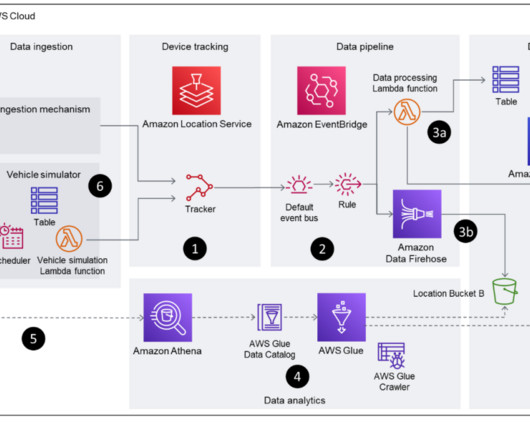





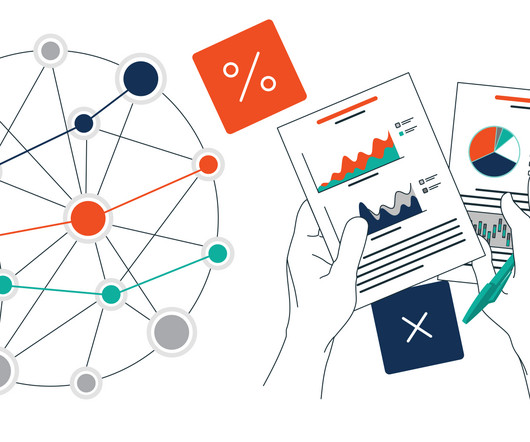

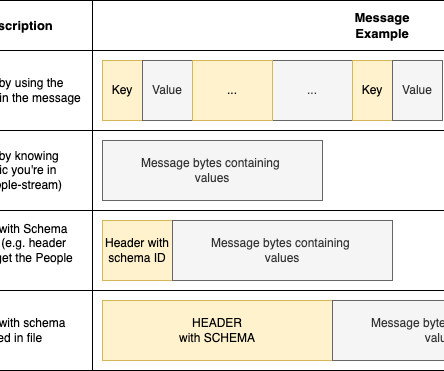
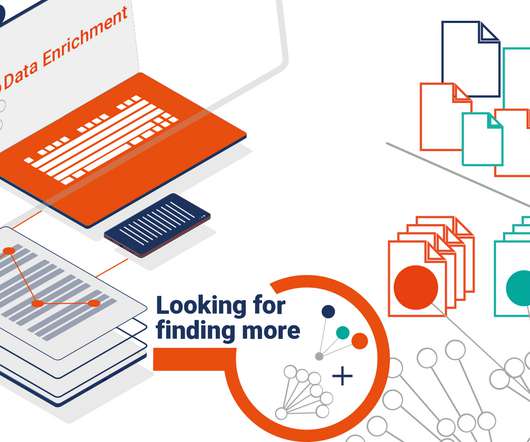
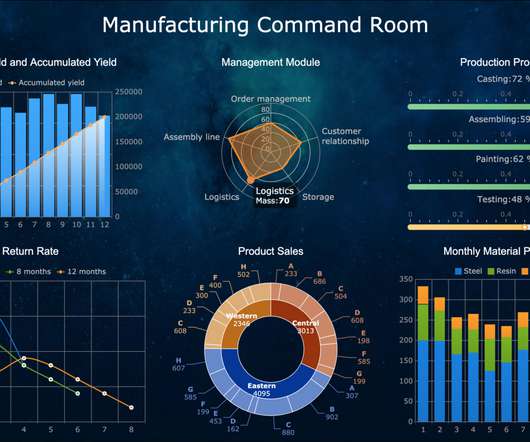
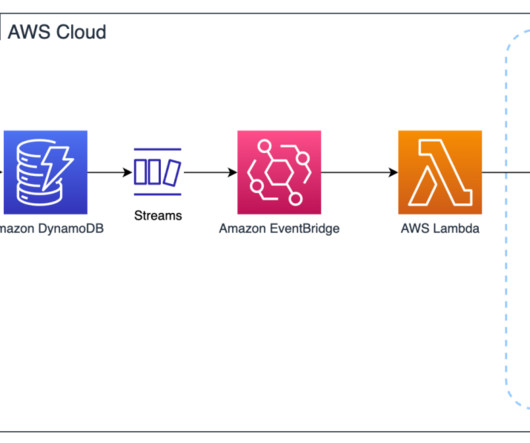

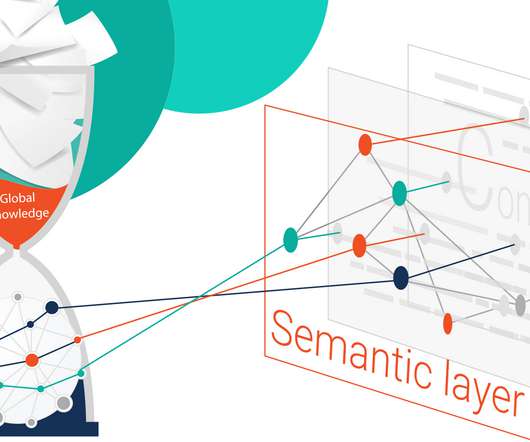



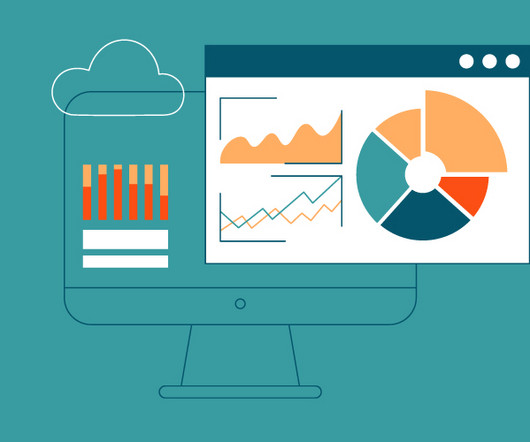








Let's personalize your content